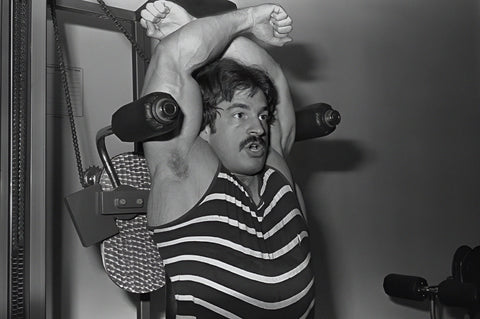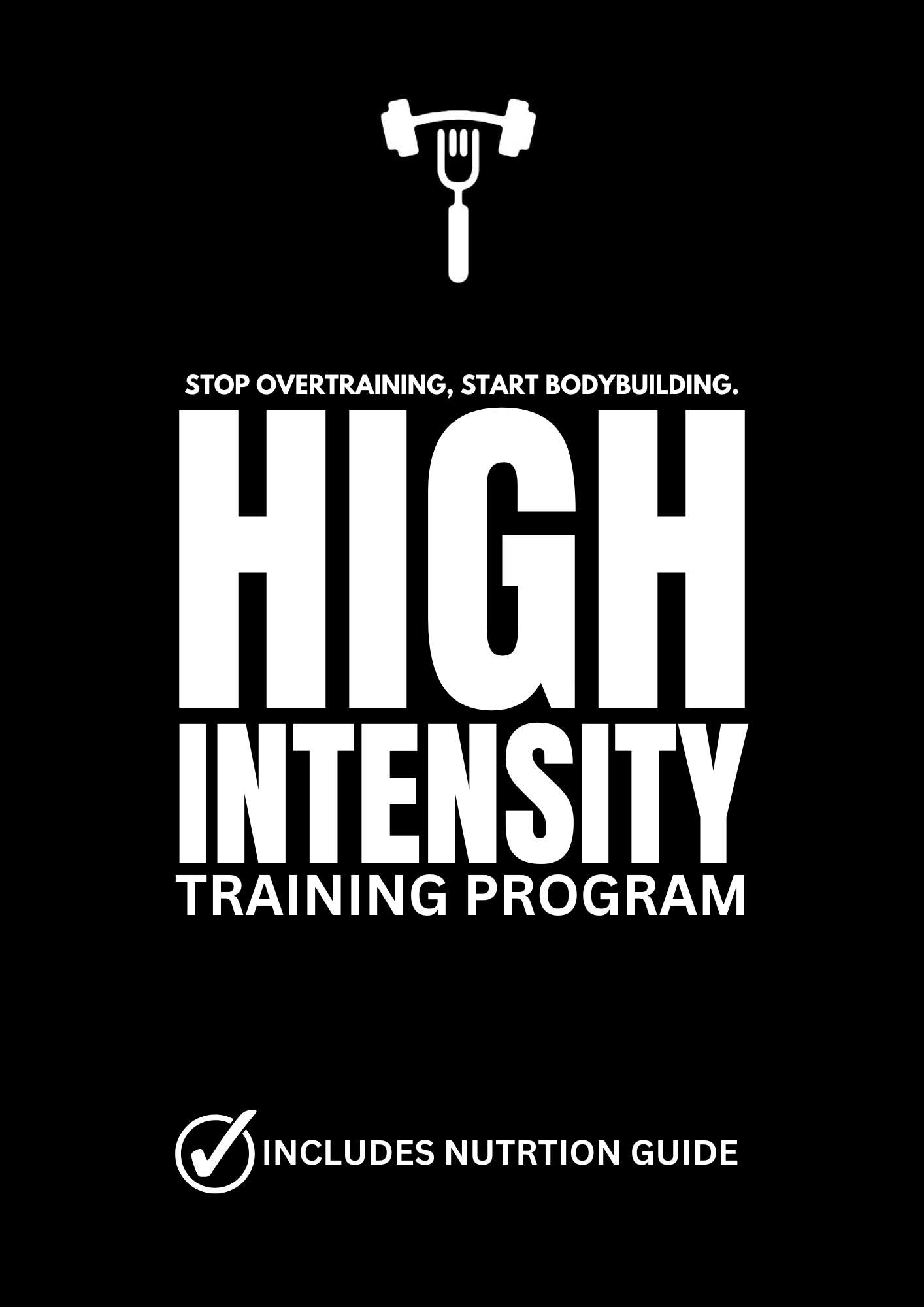The Optimal Rep Range: A Guide to High-Intensity Training Philosophy

In the realm of strength training and muscle building, the debate over the ideal rep range has long been a subject of contention. Traditional wisdom often advocates for moderate to high repetitions to induce muscle hypertrophy, while others argue for lower rep ranges to maximize strength gains. Amidst this debate, the philosophy of High-Intensity Training (H.I.T) offers a unique perspective, emphasizing efficiency, intensity, and scientific principles to achieve optimal results.
At the core of H.I.T philosophy lies the principle of intensity over volume. Rather than focusing on the quantity of repetitions, H.I.T prioritizes the quality of each repetition, pushing muscles to their limits through brief but intense workouts. This approach is rooted in the belief that muscles respond best to a high level of stimulation, provided it is applied in a controlled and systematic manner.
So, what is the ideal rep range according to H.I.T philosophy? Unlike traditional approaches that prescribe a specific number of repetitions, H.I.T advocates for reaching muscular failure within a predetermined rep range. This rep range typically falls between 6 to 12 repetitions for most exercises, although variations may occur depending on individual goals and training experience.
The rationale behind this rep range lies in its ability to strike a balance between intensity and volume. Performing fewer repetitions allows for maximal effort on each repetition, ensuring that muscles are adequately stimulated to promote growth and strength gains. Conversely, exceeding the upper limit of the rep range risks compromising form and intensity, detracting from the effectiveness of the workout.
Furthermore, adhering to a specific rep range within the context of H.I.T serves as a guideline rather than a rigid rule. The focus remains on pushing muscles to momentary muscular failure, the point at which further repetitions cannot be completed with proper form. This approach ensures that each set is performed with maximum effort, eliciting the desired physiological response without unnecessary fatigue or risk of injury.
Moreover, the concept of intensity extends beyond the number of repetitions to factors such as tempo, form, and mental focus. Controlling the eccentric (lowering) and concentric (lifting) phases of each repetition, maintaining strict form, and harnessing mental concentration are integral aspects of H.I.T training. By optimizing these variables, individuals can maximize muscle recruitment, minimize wasted effort, and accelerate progress towards their fitness goals.
It is important to note that while the 6 to 12 rep range serves as a general guideline within H.I.T philosophy, variations and individualization are key principles. Experienced lifters may benefit from occasionally incorporating lower rep ranges (1 to 5 repetitions) to enhance strength gains, while beginners may initially focus on higher rep ranges (12 to 15 repetitions) to develop proper technique and conditioning.
In conclusion, the ideal rep range according to H.I.T philosophy transcends mere numerical prescriptions, emphasizing intensity, effort, and scientific principles to drive muscle growth and strength gains. By focusing on reaching muscular failure within a predetermined rep range, individuals can optimize the effectiveness of their workouts, minimize wasted effort, and unlock their true potential in the pursuit of their fitness aspirations.

